Making Every History Lesson Count: Six Principles to Support Great History Teaching (Making Every Lesson Count series)
£14.20
Chris Runeckles’ ‘Making Every History Lesson Count: Six principles to support great history teaching’ offers lasting solutions to age-old problems and empowers history teachers with the confidence to bring their subject to life.
‘Making Every History Lesson Count’ goes in search of answers to the crucial question that all history teachers must ask: What can I do to help my students retain and interrogate the rich detail of the content that I deliver?
Writing in the practical, engaging style of the award-winning Making Every Lesson Count, Chris Runeckles articulates the fundamentals of great history teaching and shares simple, realistic strategies designed to deliver memorable lessons. The book is underpinned by six pedagogical principles challenge, explanation, modelling, practice, feedback and questioning and equips history teachers with the tools and techniques to help students better engage with the subject matter and develop more sophisticated historical analysis and arguments.
In an age of educational quick fixes and ever-moving goalposts, this carefully crafted addition to the Making Every Lesson Count series expertly bridges the gap between the realms of academic research and the humble classroom. It therefore marries evidence-based practice with collective experience and, in doing so, inspires a challenging approach to secondary school history teaching.
‘Making Every History Lesson Count’ has been written for new and experienced practitioners alike, offering gimmick-free advice that will energise them to more effectively carve out those unique moments of resonance with young people. Each chapter also concludes with a series of questions that will prompt reflective thought and enable educators to relate the content to their own classroom practice.
Suitable for history teachers of students aged 11-16 years.
Read more
Additional information
| Publisher | Crown House Publishing, Illustrated edition (8 Nov. 2018) |
|---|---|
| Language | English |
| Paperback | 160 pages |
| ISBN-10 | 1785833367 |
| ISBN-13 | 978-1785833366 |
| Dimensions | 13.46 x 2.03 x 21.34 cm |

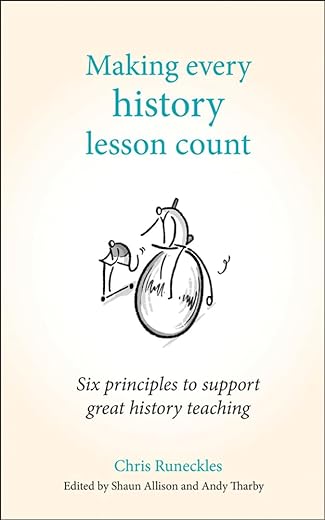

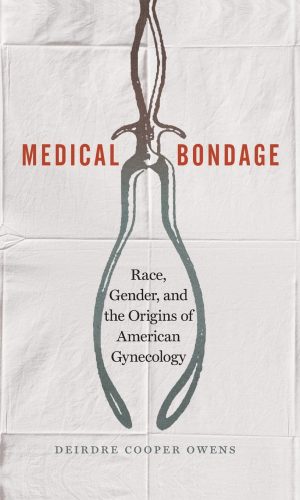
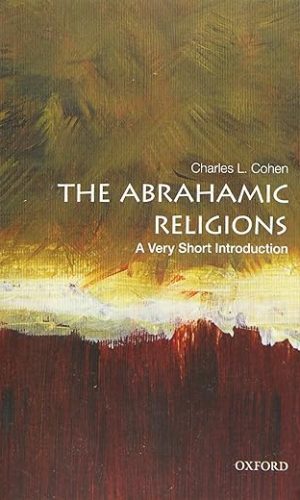


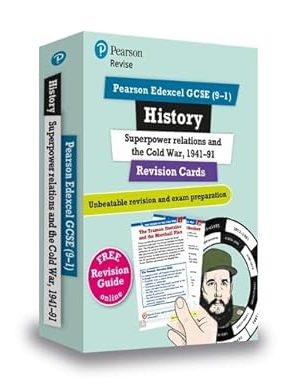
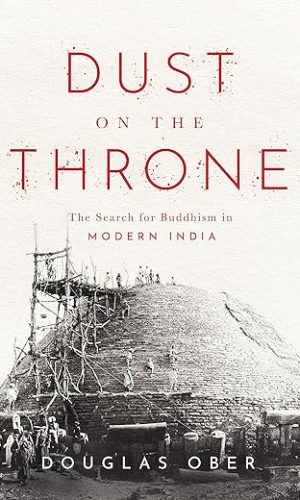
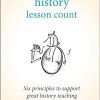
by Steve Garnett
Chris Runeckles is currently the Assistant Head (Teaching & Learning) and Assistant Director (Research School) at Durrington High School, Worthing. He is an experienced history teacher and a regular contributor to the blog Class Teaching. He tweets as @chris_runeckles and in 2018 published his first book Making every history lesson count: Six principles to support great history teaching.
The aim of the book is to bridge what can often seem a chasm between educational academic research and the history classroom and to articulate the fundamentals of great history teaching. Runeckles is clear in pointing out that he is not offering a blueprint for history lessons, instead he wishes to focus on both current thinking, academic and teacher-led, whilst also making some practical suggestions to how this thought can be applied in the classroom. Like many history teachers who grew up in the 90s, Runeckles experienced the dramatic difference between the effective and inspiring school teaching he received and the ineffective (some would say useless) teaching methods taught in the early 00s during ITT.
The book is structured around the six principles as first set out in Making every lesson count: Six principles to support great teaching (2015) by Shaun Allison and Andy Tharby. Under each principle, Runeckles gives a brief overview of academic thinking and offers practical strategies for the classroom. Under ‘Challenge’, we are told to get students working in a ‘struggle zone’. Then follows ‘Explanation’, the most important skill for a history teacher. ‘Modelling’ is key to writing success and enables students to see their teacher working the craft of the discipline. ‘Practice’ embeds and furthers knowledge. ‘Feedback’ fills the learning gap and ‘Questioning’ engages the students with the fundaments of the subject.
This book is structured perfectly for what it aims to do. We are never overburdened with academia, instead we get just enough of its current position before being catapulted into its application in the classroom. Each chapter ends with reflective questions, ideal for individuals and history departments. Throughout, there are some wonderful quotes. For instance, ‘the past is waiting to be taught’ cannot fail to inspire any history teacher. I was left wanting more in the ‘Feedback’ section, perhaps some examples, but even this was an excellent chapter that did exactly what the book intended.
Ultimately, having read this book, I wanted to be the Mr Reddick with whom Runeckles begins. I too had such teachers and I will never forget one lesson on the plum-pudding administration of Pitt the Younger in Year 12. In this lesson a master teacher spoke for one hour, no practice, no questions, just explanation. I went home and retold the story in my bedroom. I was inspired. Inspiring students with a love of history is one aim of our teaching, there are others, and Runeckles’ Making every history lesson count: Six principles to support great history teaching will help any teacher meet these objectives. This is an excellent book and should be read by all who teach History.
by Mr.B
Making Every History Lesson Count sums up all of the components of rigorous history teaching in one place and will much of the information will be familiar for followers of edu-twitter. The book is broken down into six sections.
1.Challenge
2. Explanation
3. Modelling
4. Practice
5. Feedback
6. Questioning
Each section sums up the best in cutting edge research from the fields of history education and cognitive science/psychology (Think Willingham, Rosenshine, Counsell etc). It provides examples and developed explanations to ensure that a teacher can deploy and refine this aspect of their teaching. Crucially, it also provides clear evidence for a knowledge based curriculum with the teacher at the centre.
As a History teacher in my second year of teaching i’m still continuously polishing my practice. This book will prove invaluable in this challenge.
by Rich
All new History teachers should read this and many older teachers will find something of use too.
by Amazon Customer
Great read with some ideas that will make any teacher of history reflect upon their classroom practice,
by Lauren
An enjoyable ready! I’d recommend to anyone training to be a History teacher